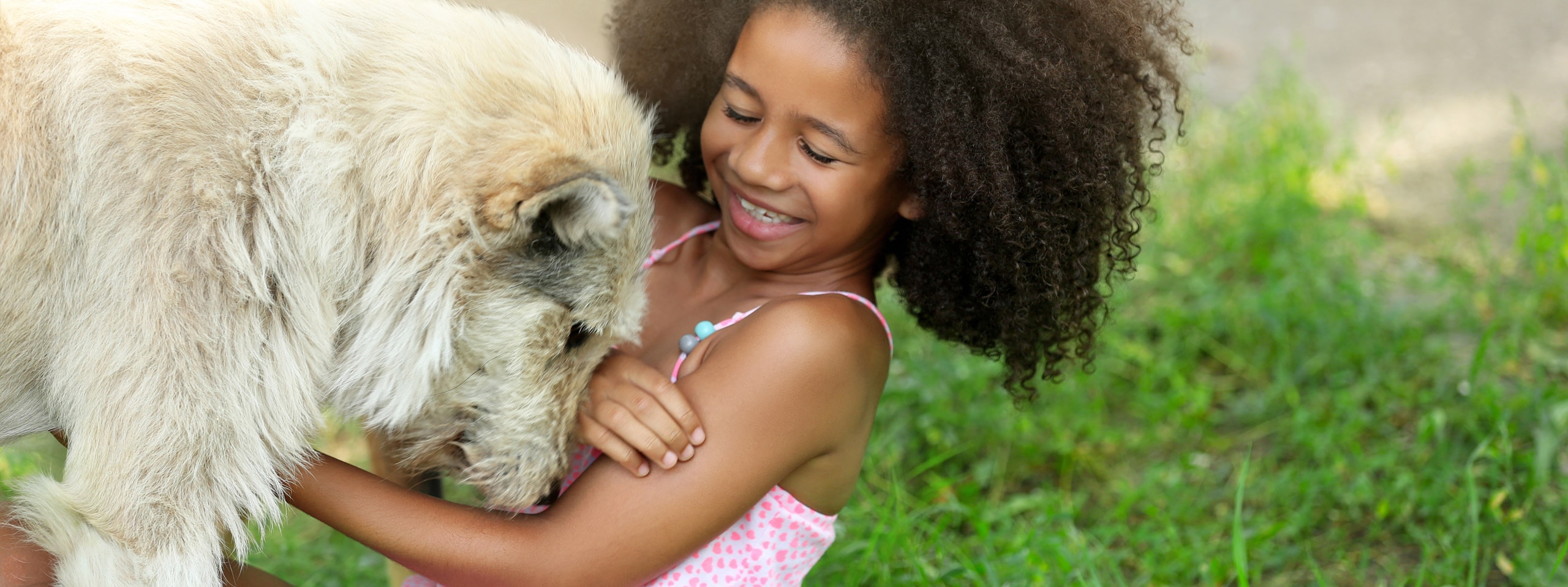
Is Pest Control Safe Around Children and Pets?
No homeowner wants to have pests in and around their home. This is why they take care of pests immediately once they see the signs. This is good. Pests can be, well, pests. They’re unwelcomed because of the many hassles that they bring.
Unfortunately, a lot of homeowners are haphazard when it comes to their handling of pests. They just buy the first pest control chemical that they see, not taking into consideration the pets and children that they have at home. This leads us to the question – is pest control safe around children and pets?
The Concern is Valid
All known pesticides have toxic ingredients in them. It’s just a matter of choosing one that has an insignificant toxicity level. Of course, you have to make sure that their toxicity level is insignificant to children and pets.
You have to know that younger children, think infants and toddlers, still have developing systems. For starters, a baby’s kidney cannot remove toxic pesticides from the body. Worse, they’re more prone to inhalation as they take in more breaths than adults.
In addition, children are naturally curious. Given the chance, they will get their hands on these chemicals and/or the treated areas.
In the same manner, these pesticides can be harmful to pets as well. You can’t really tell your dog not to touch a treated area. Of course generally speaking, the pesticide applied to control pests is just a small amount. It shouldn’t be significant enough to cause harm to pets and adults.
So is pest control safe around children and pets? It should be, but you should still put up safety measures in place to prevent unnecessary exposure.
How to Ensure a Safe Environment for Pets and Children while Conducting Pest Control
Make sure to follow these tips to ensure a safe environment
Compare the pesticides and choose the one that’s considered to be the least toxic
You can do your own research or ask a trusted pest control company. Watch out for “Signal Words” in the pesticides. Generally speaking, the signal word can either be caution, warning or danger.The caution signal word signifies the least toxicity level as it can be slightly toxic when absorbed by the body. On the other hand, the word warning indicates that the product can be moderately toxic if absorbed. The most toxic of all is signified by the signal word danger, which signifies that it’s highly toxic. The signal word danger is often accompanied by the word poison.
Read the product label
It’s not enough that you check out the signal words. You should also read the product label. Make sure that it’s approved for its intended use. Understand how it’s supposed to be applied and make sure to follow the instructions.
Make sure that baits and poisons are safely out of reach of children
This applies if you’re going to use baits and poisons to take care of rodents, roaches, ants and the likes. Alternatively, you can place them in bait stations and make sure to secure them so that children and pets won’t have access to them.
Secure all food
Take the food out of areas that are to be treated. Place them inside the refrigerator. This is especially true if you’re going to use spray pesticides. You wouldn’t want particles to come in contact with the food. This applies to human and pet food.
Secure personal belongings
These include toys and clothing. Make sure they’re a safe distance away from the area being treated.
Be careful when storing pesticides
First of all, make sure that you store them in a safe and secure location away from reach of pets and children. In addition, store them in their original container. Never use containers that you also use to store food and water. On that note, don’t use food utensils and the likes to mix and prepare pesticide solutions.
Don’t use illegal pesticides
There are a lot of them in the market, particularly online. Unfortunately, some pest control companies use them. While they can be very effective at killing pests, they can do more harm than good because they can be harmful to pets and children. They can even be harmful to adults.
A lot of these illegal pesticides come in the chalk form. They’re applied like how one would write chalk, which means that pesticide dust will be let loose in the air and can be breathed in.
Have your kids stay away from treated pets
If you had your pets treated for lice and similar pests, make sure that they’re fully dry before allowing your kids to touch your pets.
Have everyone wash their hands during and after a pest control treatment
Once the treatment is done, have everyone, especially the kids, wash their hands before resuming normal day-to-day activities. This is especially true before handling and eating food.
Is pest control safe around children and pets? It can be if you’re going to follow the tips listed above. In addition, make sure that you’ll hire a trusted pest control professional. While you can treat pests on your own with the wide availability of pest control treatment options, it’s a good idea to just have an experienced professional do it.
In addition to ensuring the best results, they can also ensure safe results. With their years of experience, they know how to do it safely for everyone including children and pets.
